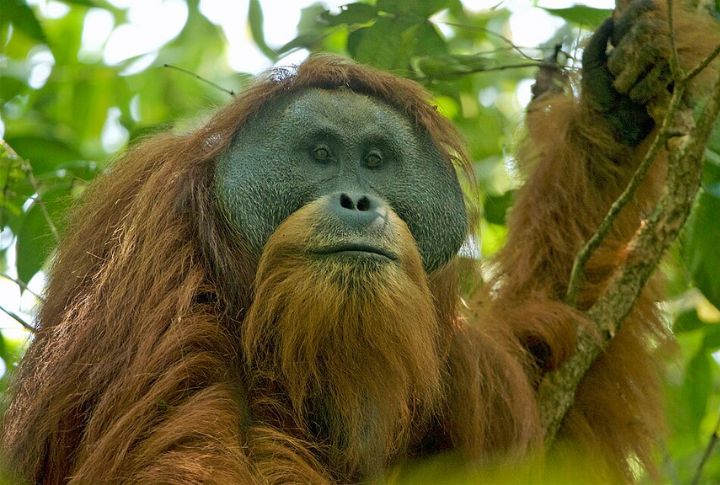
For years, some of the world’s most fascinating creatures have slipped into the shadows, quietly disappearing as if they were mere myths. Scientists have scoured the planet searching for them—hoping they were still out there. So, let’s take a look at ten rare animals that came back after years of being thought lost forever.
Silver-Backed Chevrotain (Tragulus versicolor)
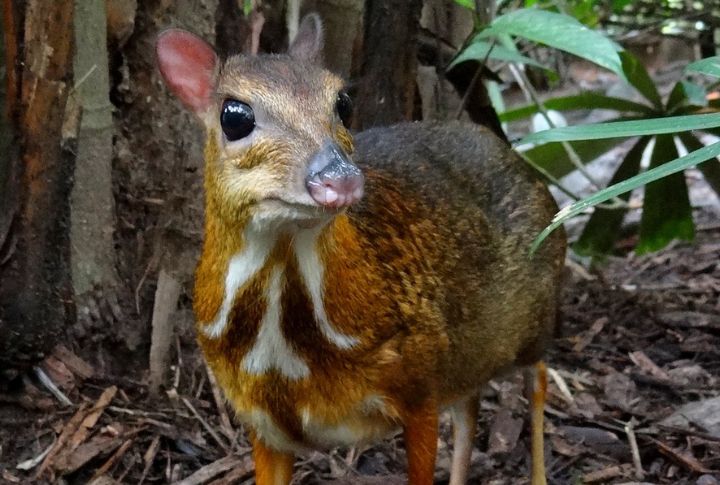
Hidden in Vietnam’s forests for decades, this tiny, deer-like mammal shocked scientists when it reappeared in 2019. Weighing around 1.7 kilograms, it’s among the smallest of its kind, and its return signals hope for wildlife conservation in Southeast Asia.
Black-Naped Pheasant-Pigeon (Otidiphaps insularis)
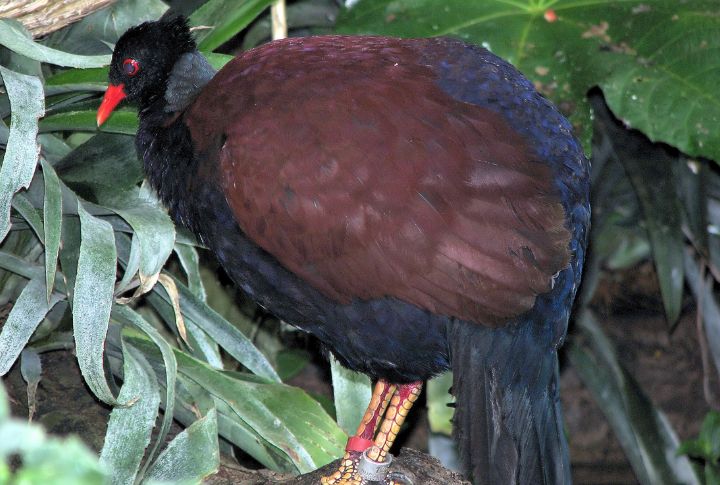
The Black-naped Pheasant-Pigeon was first spotted in the 1800s, only to vanish into the mists of time. This stunning bird was rediscovered in 2022, surprising everyone by reappearing in the isolated forests of Papua New Guinea.
Galapagos Rail (Laterallus spilonota)
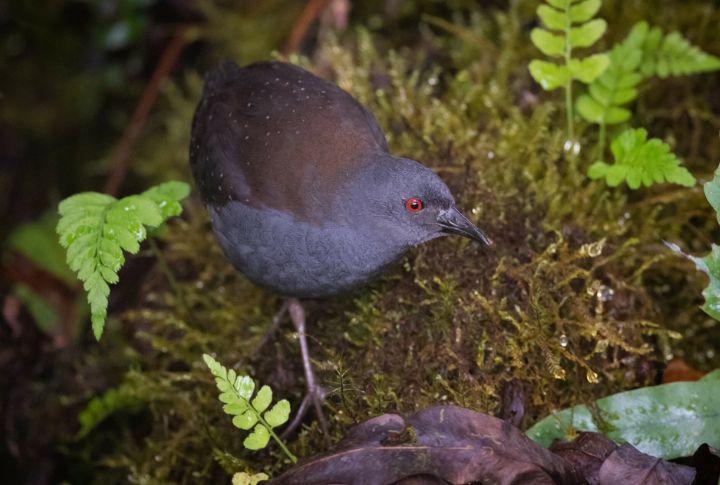
Once considered extinct after being last observed by Charles Darwin in 1835, the Galapagos Rail was seen again in 2025. The Galapagos Rail’s rediscovery came as a result of extensive restoration efforts aimed at removing invasive species from the island.
Wallace’s Giant Bee (Megachile pluto)
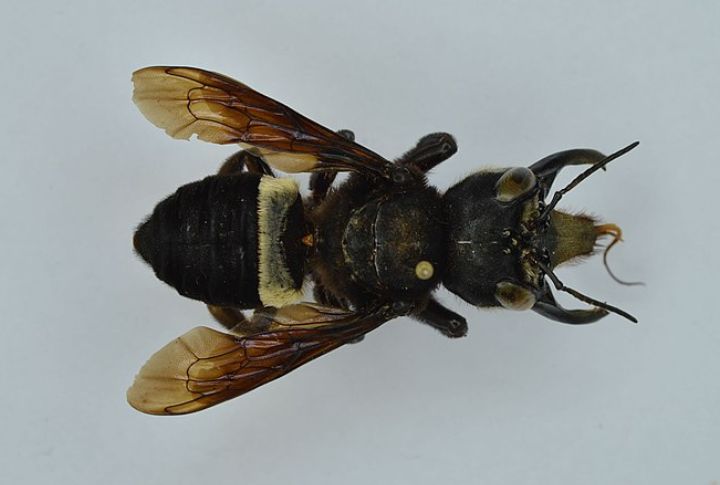
Wallace’s Giant Bee, the world’s largest bee, was considered a mythical creature by many. It was last seen in 1981 and thought to have vanished until it was found in 2019 in the Moluccas Islands of Indonesia. This bee is a true giant, with a wingspan reaching over 6 centimeters.
Miller’s Langur (Presbytis canicrus)
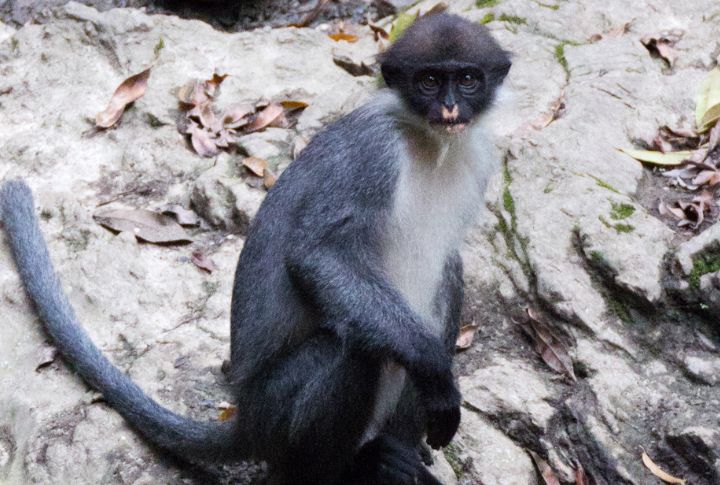
This striking primate is recognized for its gray fur and white whiskers, which set it apart from other species of langurs. The rediscovery of Miller’s Langur in 2012 is significant because it highlights the importance of Borneo’s rainforests as critical habitats for endangered species.
Bouvier’s Red Colobus (Piliocolobus bouvieri)
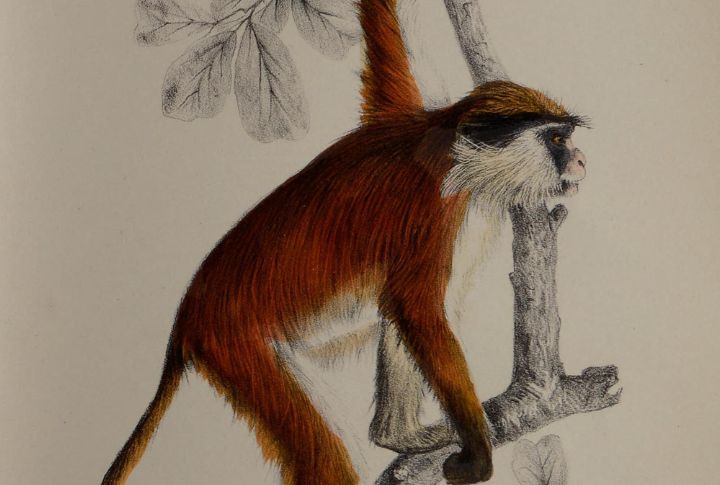
After being unreported since the 1970s, this colorful primate resurfaced in Congo’s remote swamps in 2015. With only a few hundred left, Bouvier’s Red Colobus is also an important part of its ecosystem, as it helps maintain the health of the forests by controlling the populations of certain plant species.
Somali Sengi (Elephantulus revoilii)
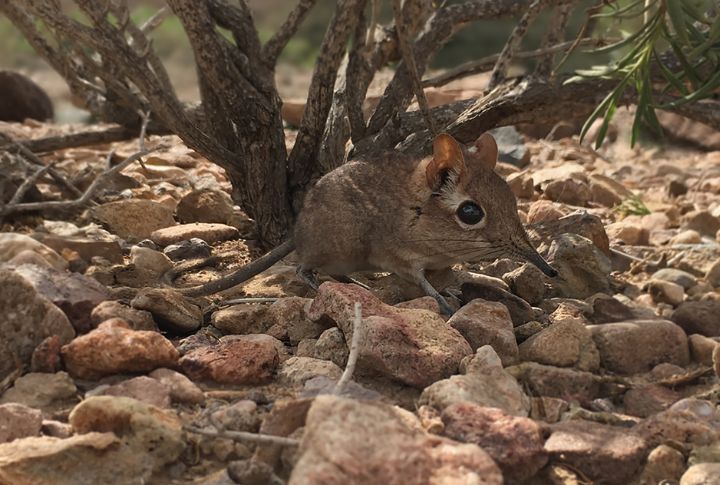
Often described as an “elephant shrew,” the Somali Sengi is a small mammal that had been considered lost for over five decades before it was rediscovered in 2020. Native to Somalia, this elusive creature has adapted to life in desert environments, where it uses its long nose and powerful legs to forage for insects.
Dinagat Cloud Rat (Crateromys australis)
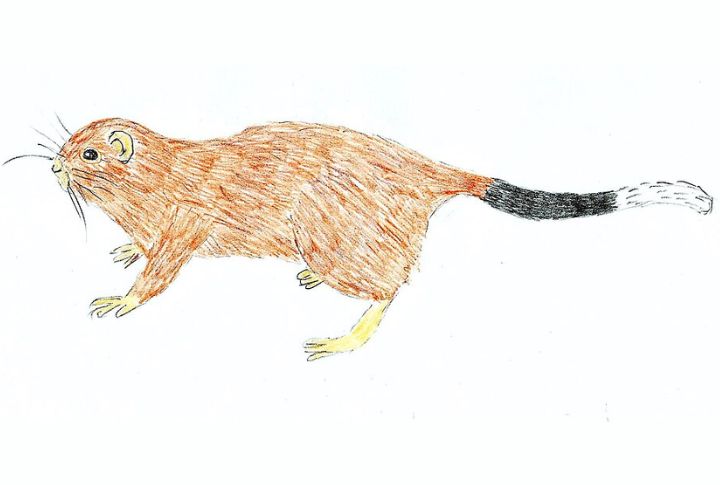
This large, arboreal species had been presumed extinct due to destruction and the introduction of invasive species. Rediscovered in 2012 in the island’s remote rainforests, the Dinagat Cloud Rat is an essential part of its ecosystem, playing a role in pollen dispersal and forest regeneration.
Javan Tiger (Panthera tigris sondaica)

The Javan Tiger was last confirmed in the 1970s, with no sightings until rumors began to surface in the early 2000s. In 2019, further investigations revealed potential signs of its return in Java, Indonesia. Although not yet officially confirmed, these reports have reignited hopes for this predator’s survival.
Tapanuli Orangutan (Pongo tapanuliensis)
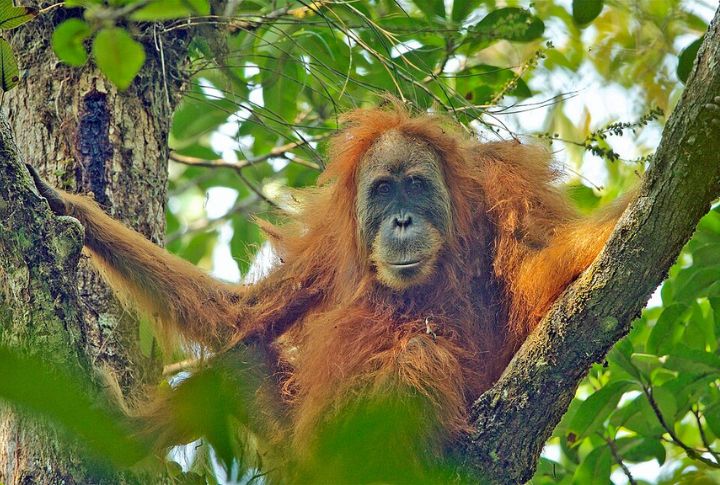
In 2017, a discovery revealed that a previously unidentified orangutan species, the Tapanuli Orangutan, had been living in the rainforests of Sumatra, Indonesia. This critically endangered species, with only around 800 individuals remaining, is important for the ecological health of Sumatra’s remaining forests.

